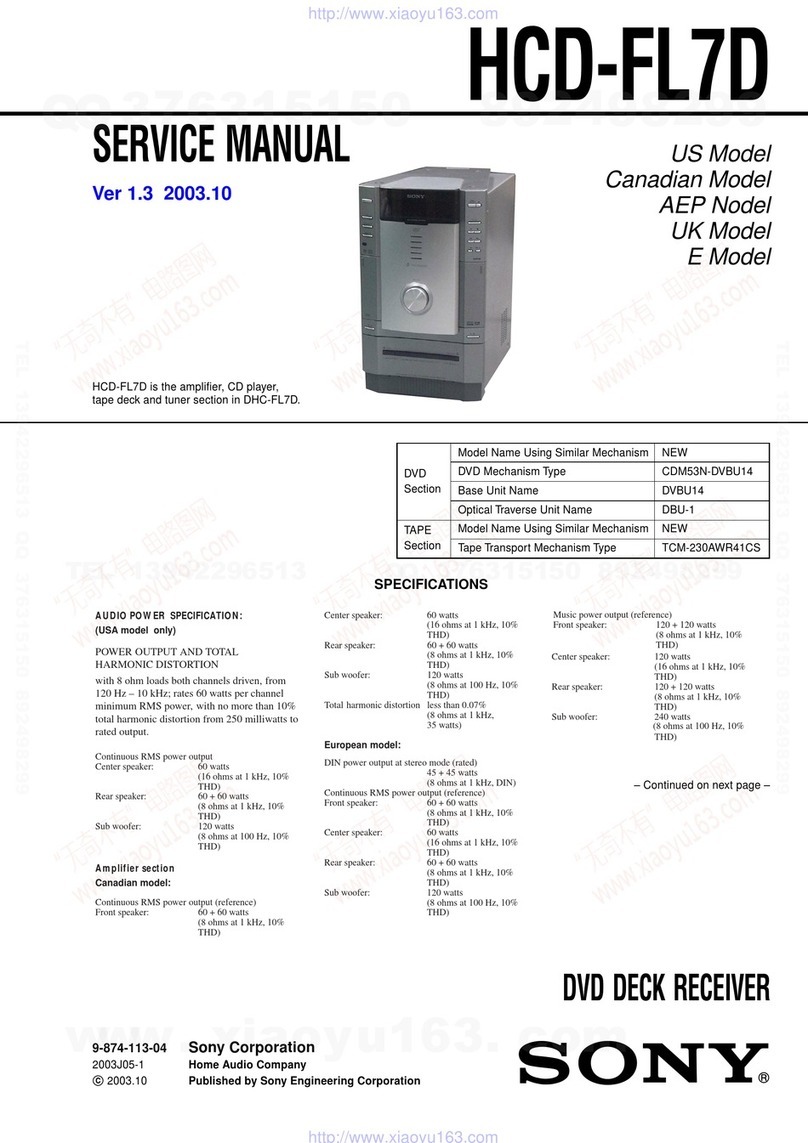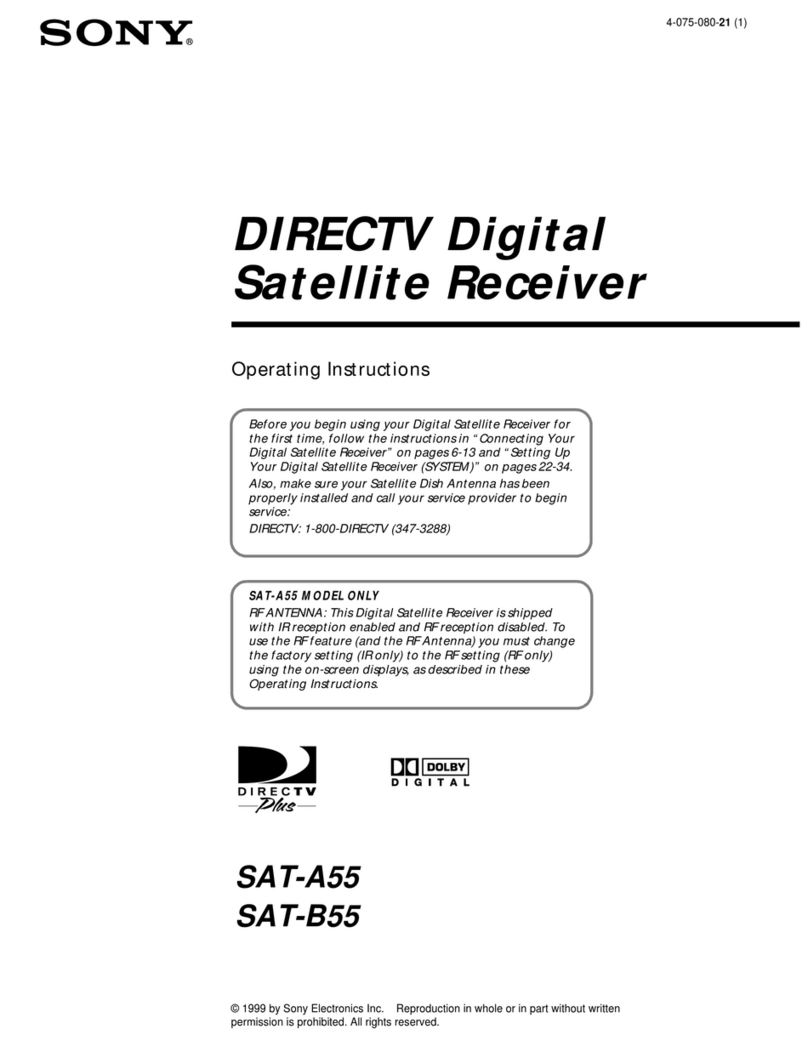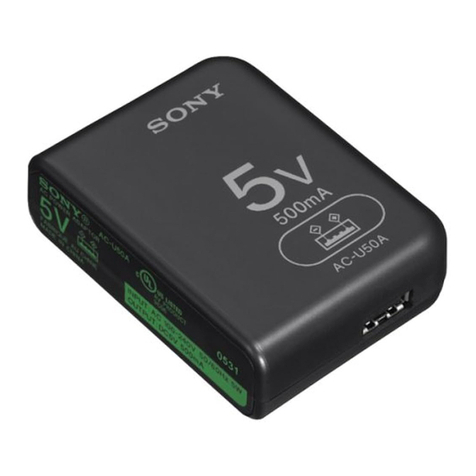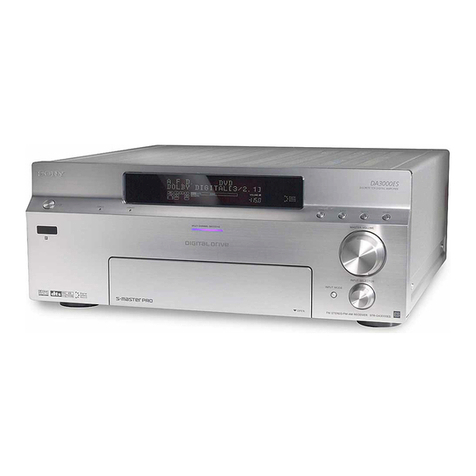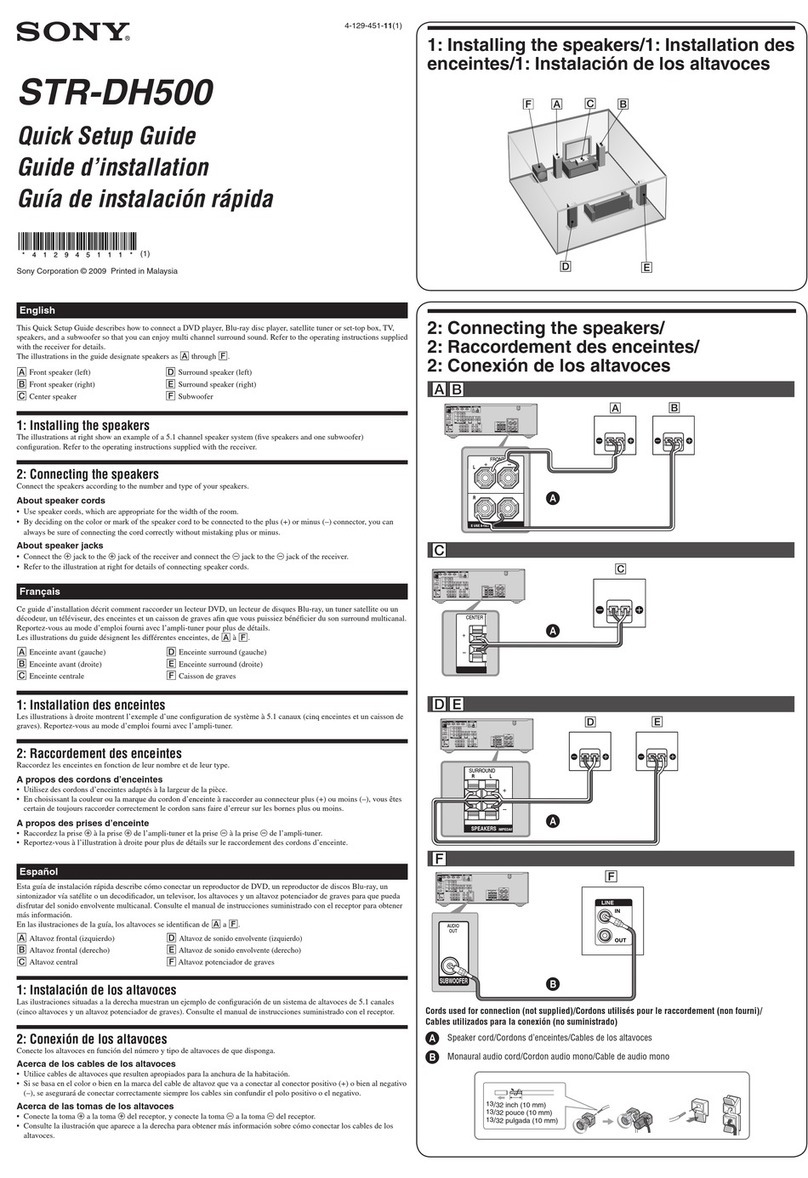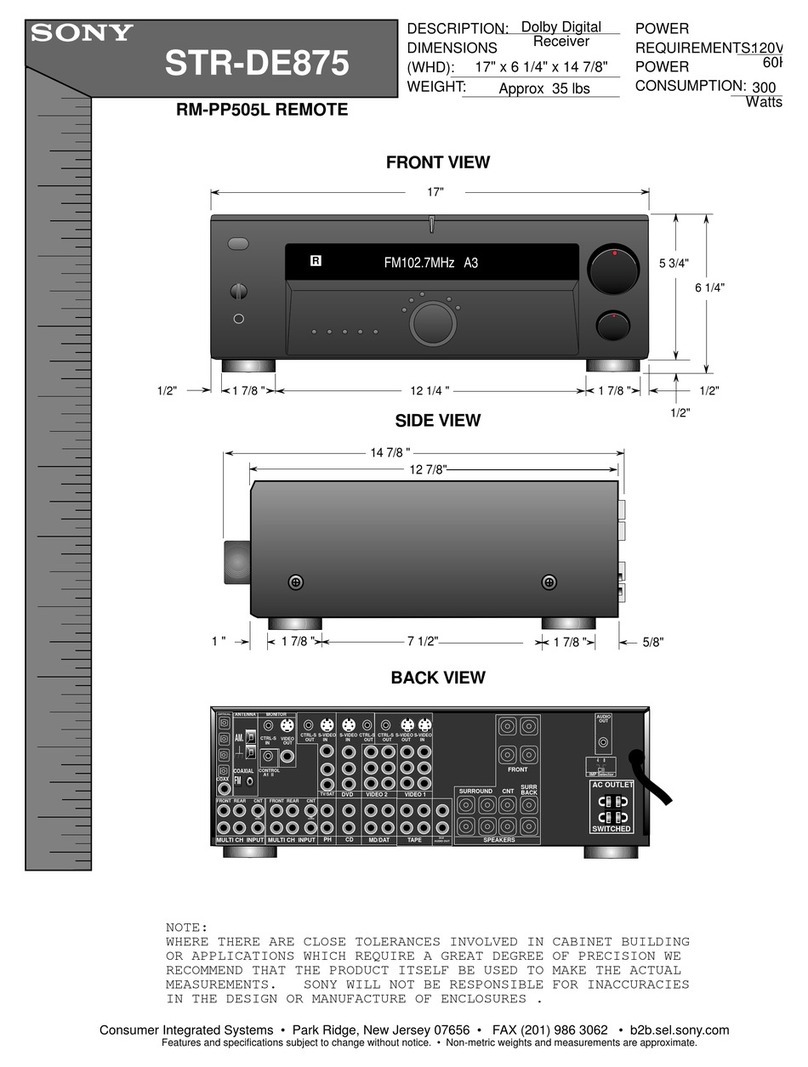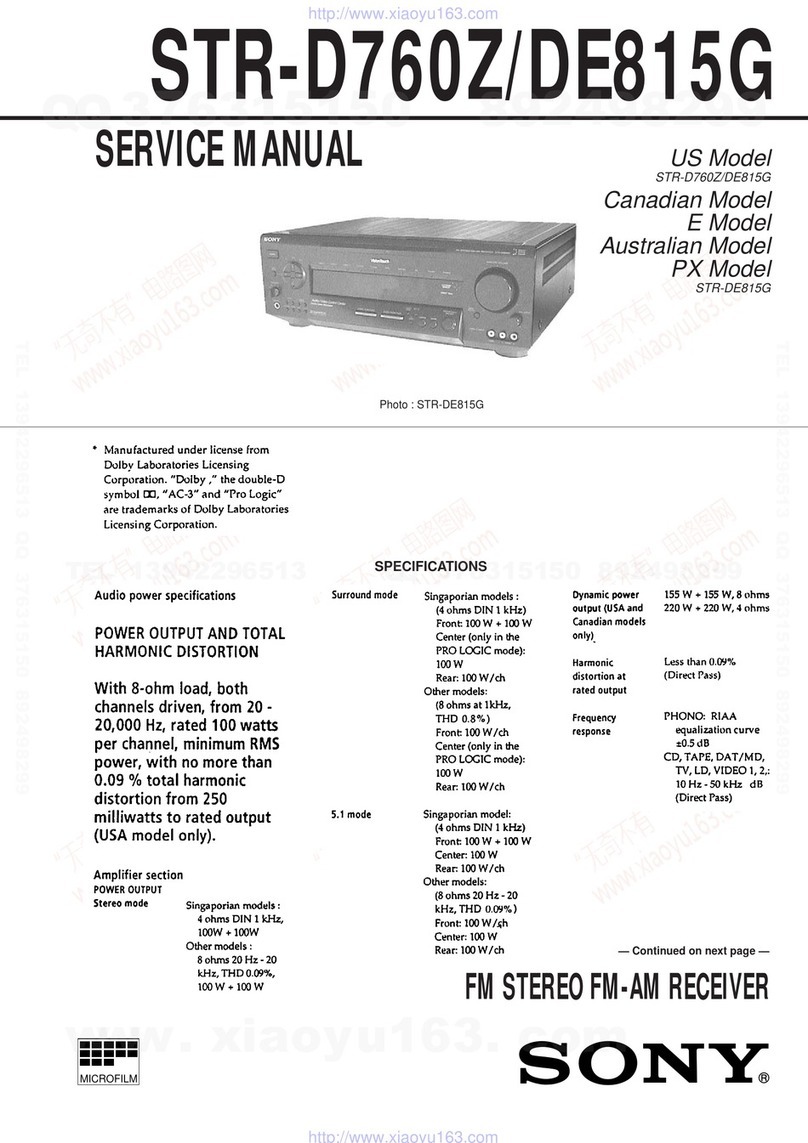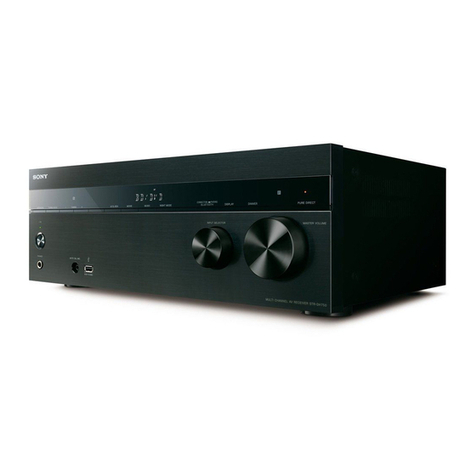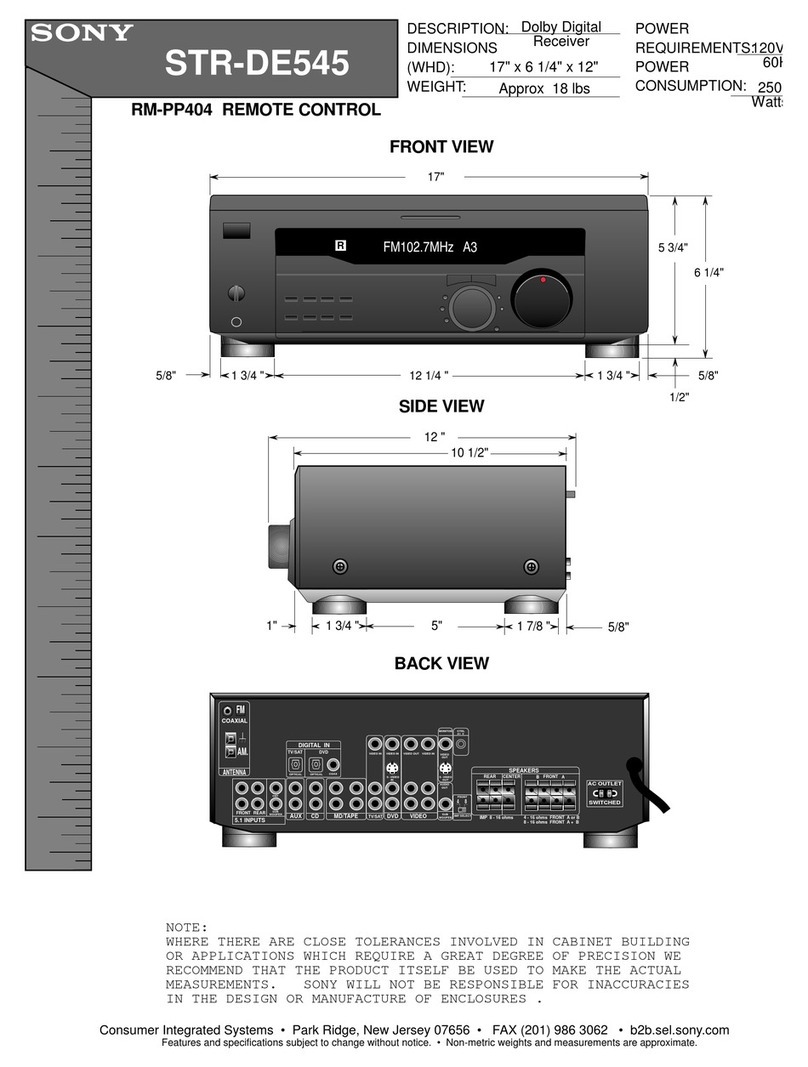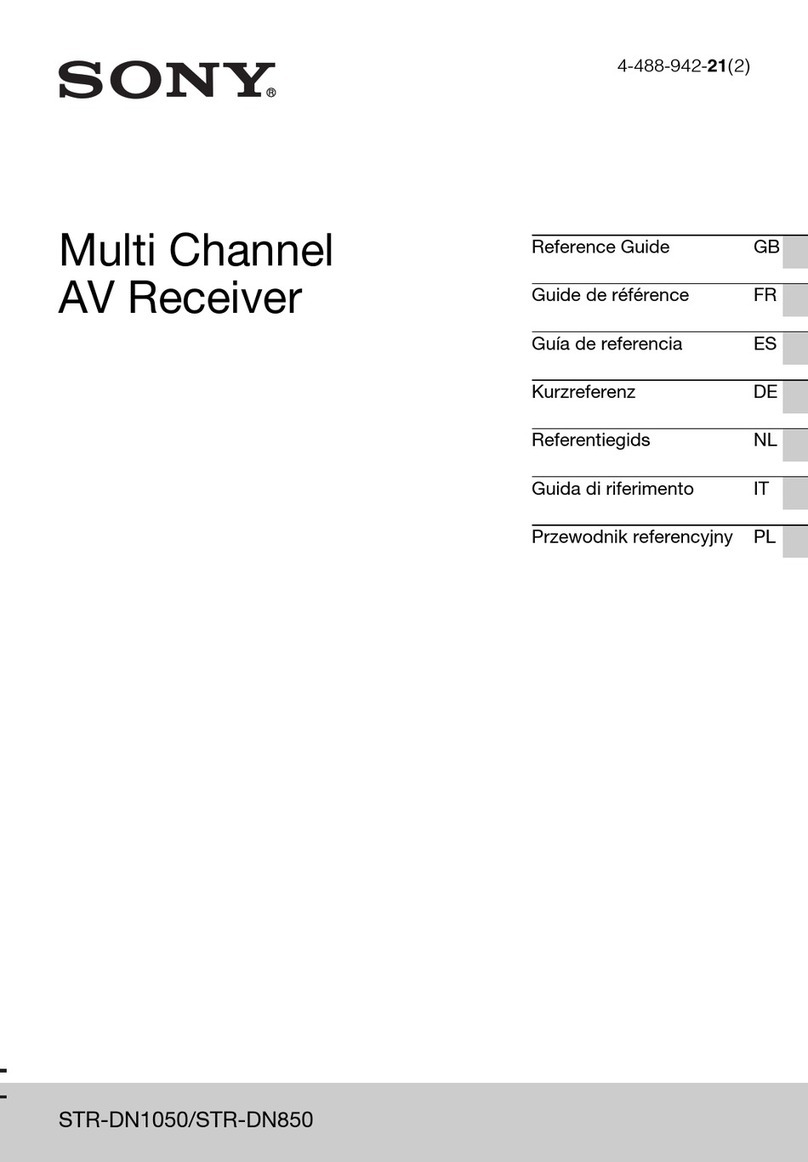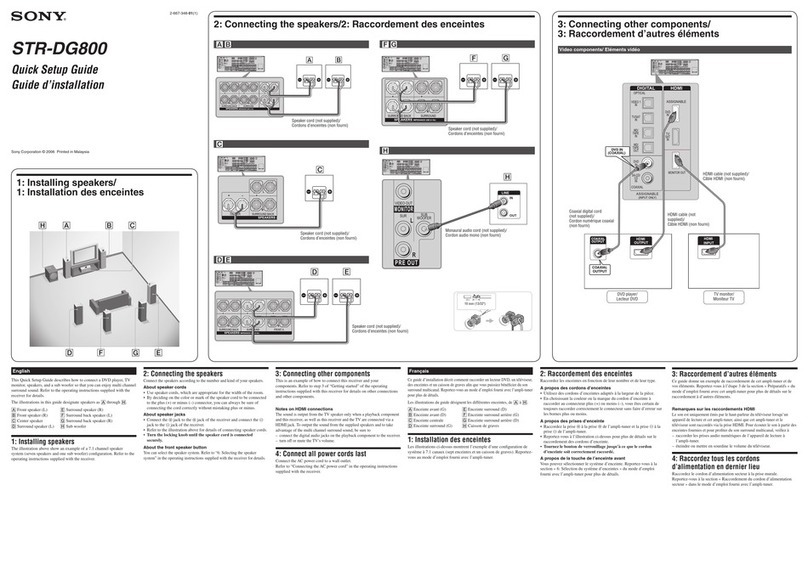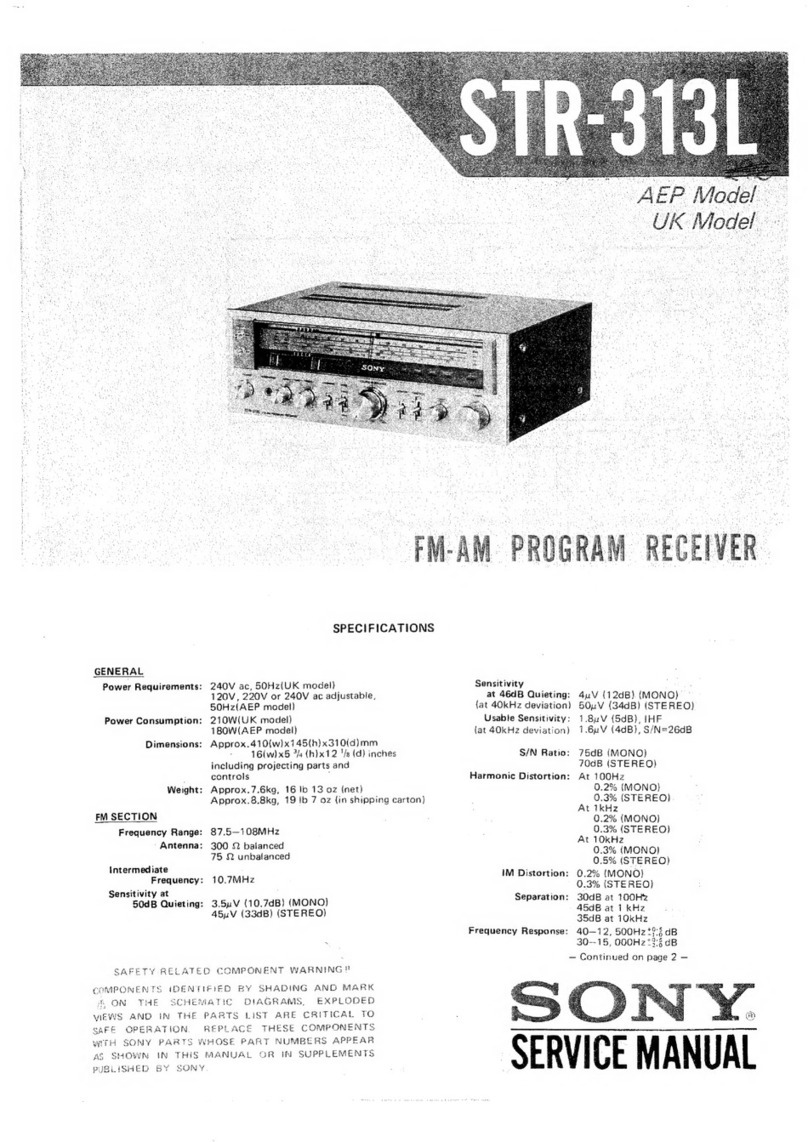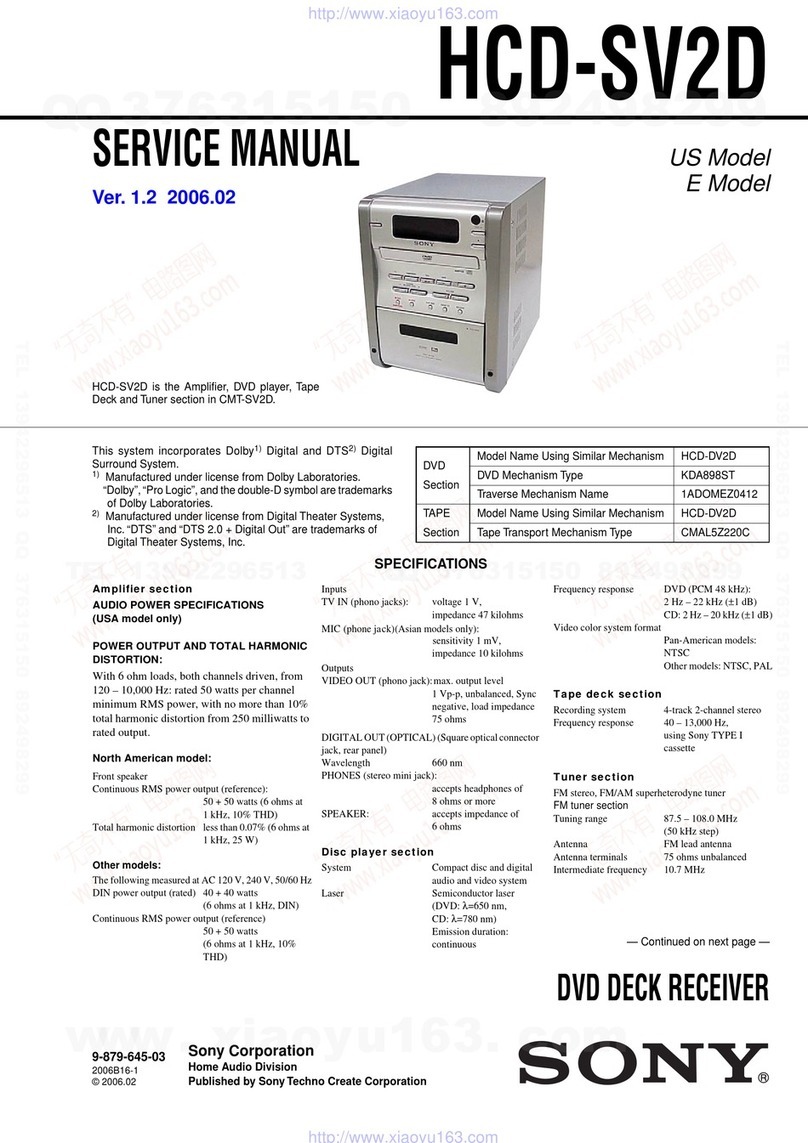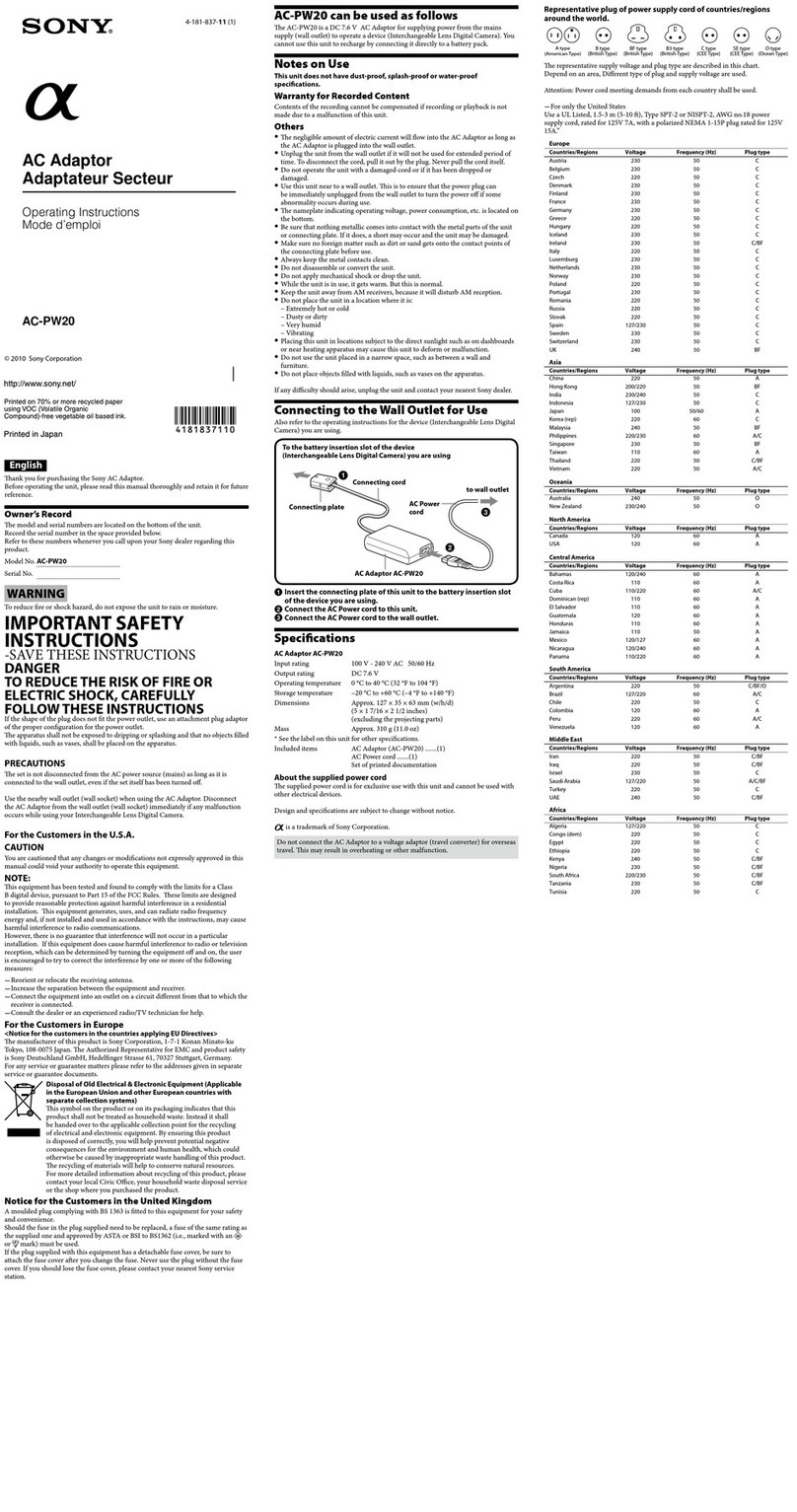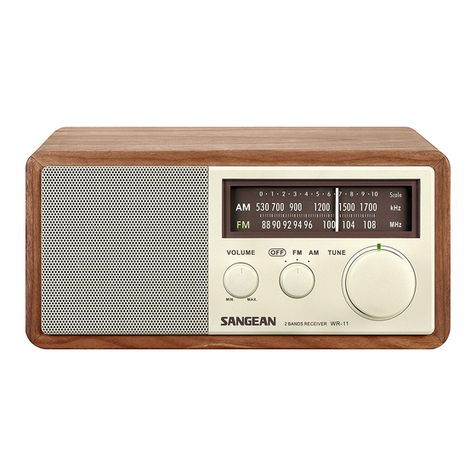
-
ICF-7600DA/7700
|
TABLE
OF
CONTENTS
Title
Description
Page
Specifications...
..................0.
1
Peatures
i
6
eis
hed
eRe
ae
ack
i
ete
2
Flexible
Circuit
Board
Repairing
........
2
Main
Board
Removal................
2
Replacing
Chip
Components...........
3
Section].
Outline......................0..
4
1-1.
Location
and
Function
of
Controls.......
4
1-2.
Outline
of
the
C-MOS
Digital-Tuning
System
IC201,
uwPD1715G
............
5
1-2-1.
Outline
of
the
Station-Selection.........
5
1-2-2.
Description
on
the
Terminals...........
5
1-2-3.
On
the
Key
Matrix..................
9
1-2-4.
Description
on
Displaying
Function
......
13
1-2-5.
Imitial-State
Setting.
..........2.....
14
1-2-6.
Muting-Output
Timings
..............
14
1-3.
Outline
of
Terminals
of
the
LCD
Dot-Matrix
Segment
Driver
IC202,
MSM5259GS......
16
1-4.
On
the
new
LCD
panel,
LCD1..........
18
Section
2.
Electrical
Adjustments...............
19
Section
3.
Diagrams....................000.
25
3-1.
Semiconductors
Lead
Layouts..........
25
3-2.
Mounting
Diagram(1)
...............
26
3-3.
Schematic
Diagram(1)...............
31
3-4.
Mounting
Diagram
(1)
...............
35
3-5.
Schematic
Diagram
(2)...............
39
3-6.
Mounting
Diagram
(2)...............
44
Section
4.
Exploded
Views
and
Parts
List..........
49
Section
5.
Electrical
Parts
List.................
$1
Troubleshooting
Guide...............
56
NOTE:
Removal
and
Block
Diagram
Sections
have
been
omitted.
FEATURES
¢
An
FM/LW/MW/SW
1-12,
15
bands
portable
radio
with
world-wide
band
coverage.
¢
A
quartz-controlled
PLL
(Phase
Locked
Loop)
synthesizer
system
using
a
microcomputer
for
easy
pinpoint
tuning.
The
tuned
frequency
is
also‘digitally
displayed.
¢
Up
to
15
stations
can
be
preset
for
button-touch
tuning.
°
An
easy
searching
a
SW
station
with
the
SW
meter
band
select
function.
¢A
timer
standby
function
to
receive
a
desired
broadcast
at
the
desired
time.
°A
sleep
timer
turns
the
radio
off
automatically
in
65
minutes.
Flexible
Circuit
Board
Repairing
1.
Keep
the
temperature
of
the
soldering
iron
at
270°
+
10°C
during
repairing.
You
can
maintain
the
temperature
of
the
soldering
iron
around
270°C
by
using
the
ther-
mal
controller
as
illustrated
on
the
right.
2.
Do
not
touch
the
soldering
iron
more
than
4
seconds
or
3
times
on
the
same
conductor
of
the
circuit
board.
3.
Do
not
apply
force
on
the
conductor
when
soldering
or
unsoldering.
Tip
of
soldering
iron
good
wrong
———_
--
_an—0"nwm—S-
MAIN
BOARD
REMOVAL
Unsolder
the
ground-connecting
pin
at
the
main
board
as
shown
below.
main
board
ground-connecting
pin
